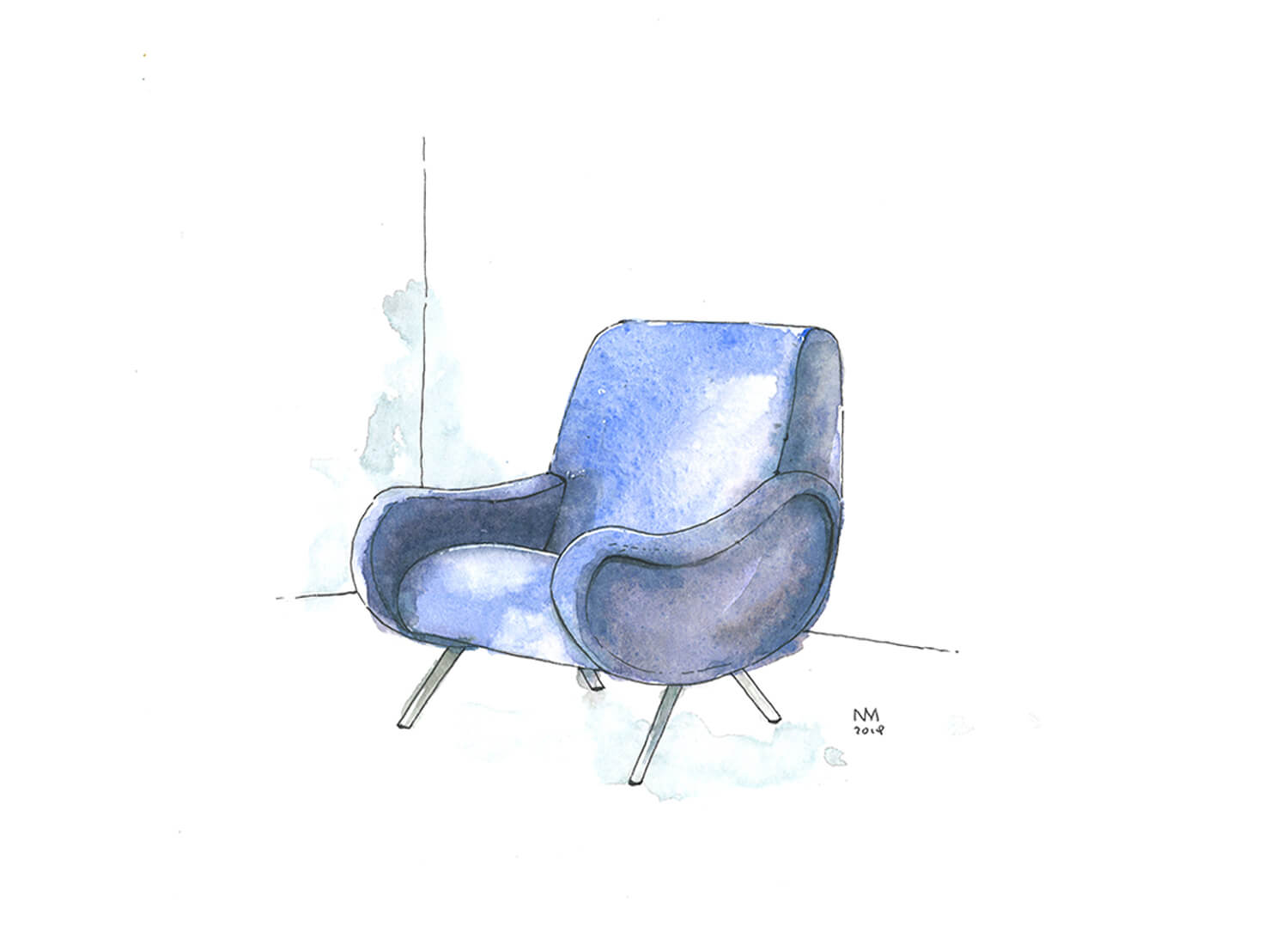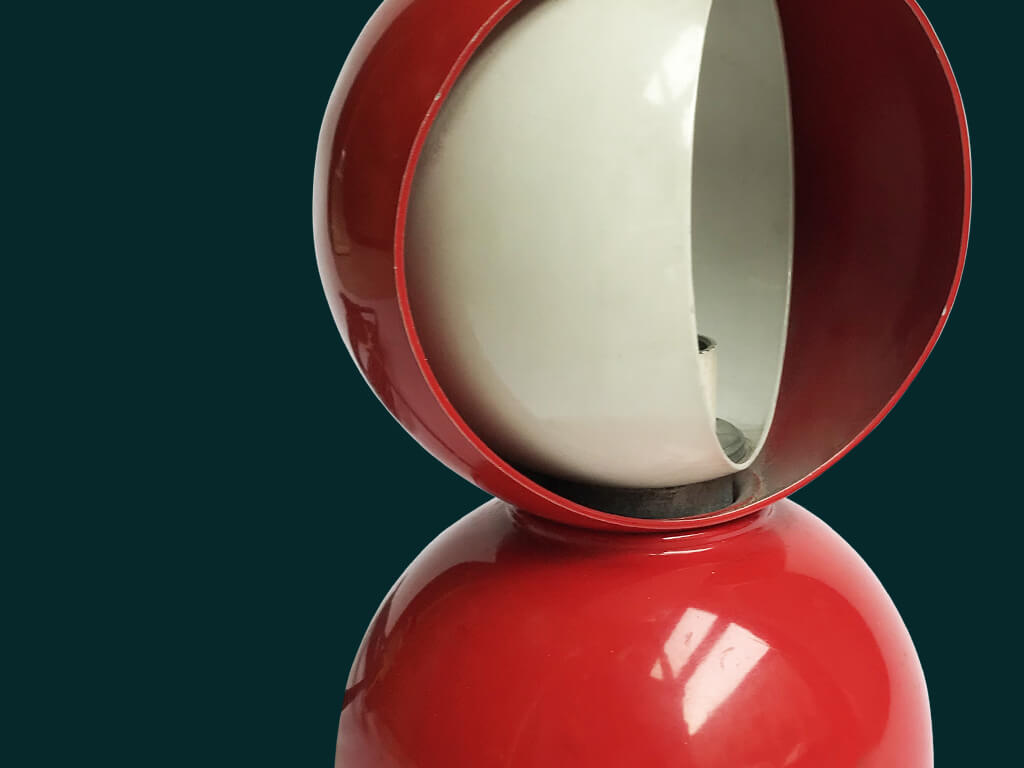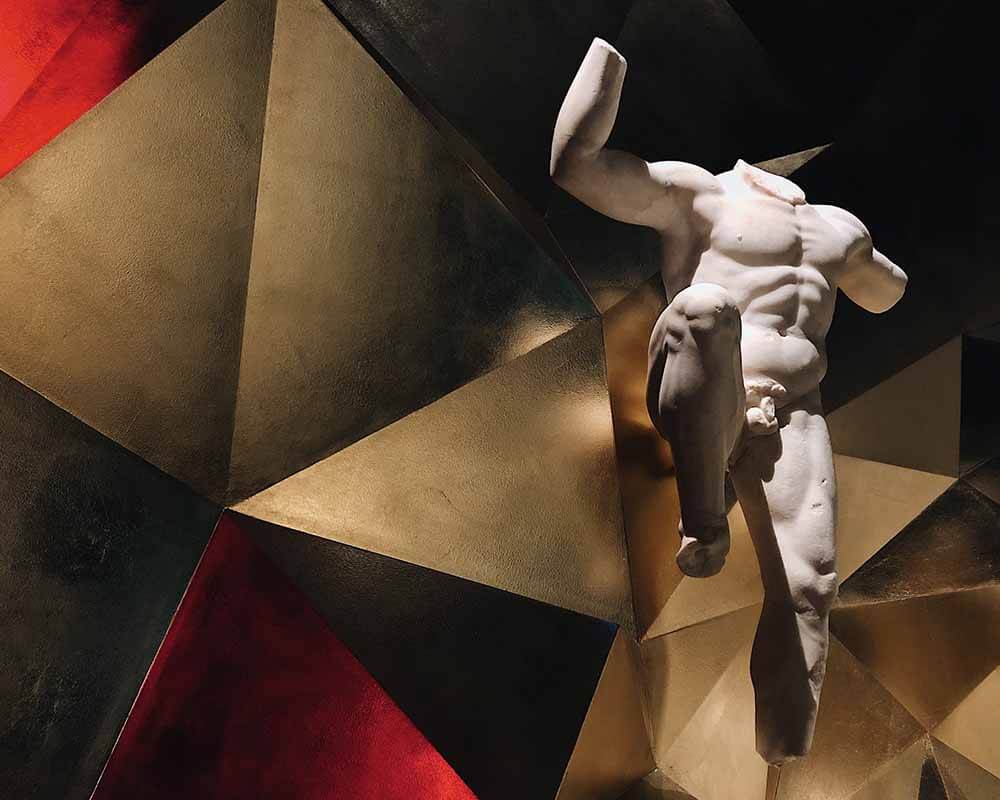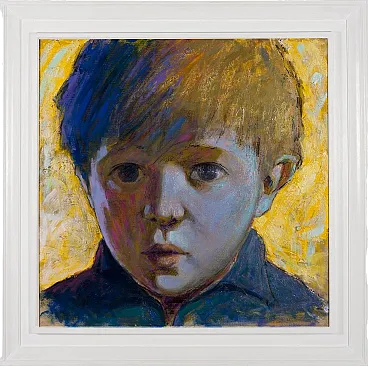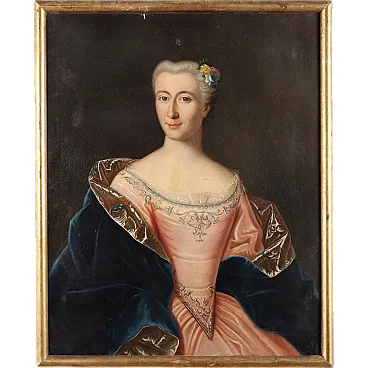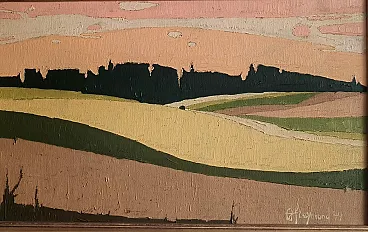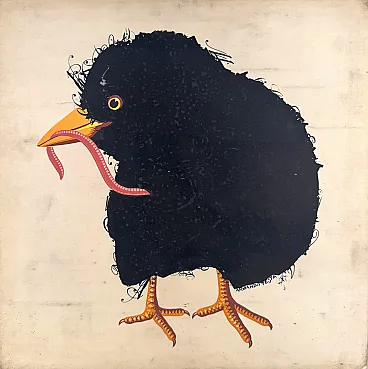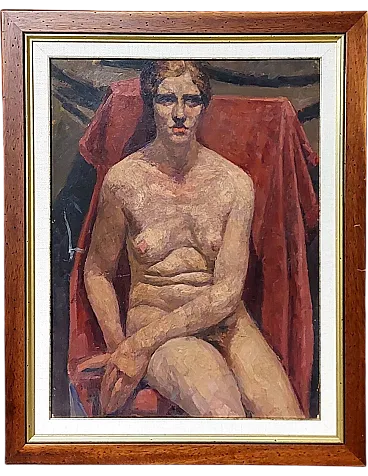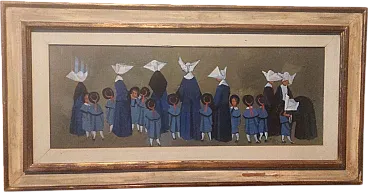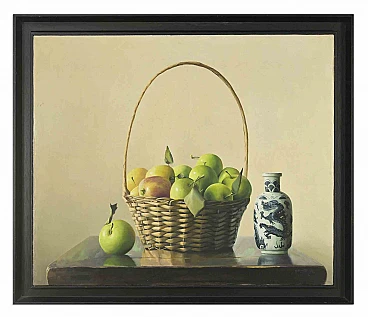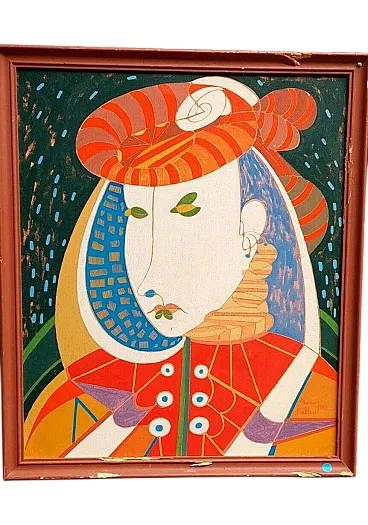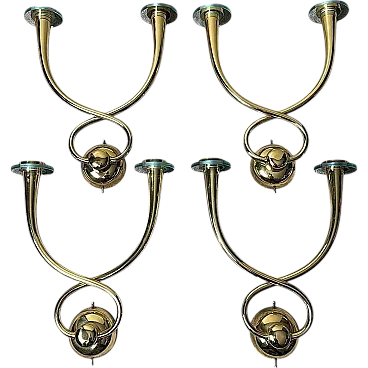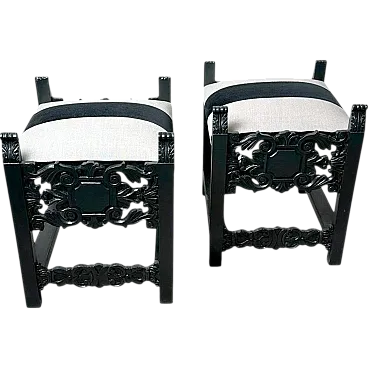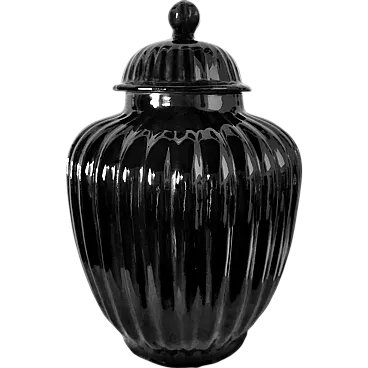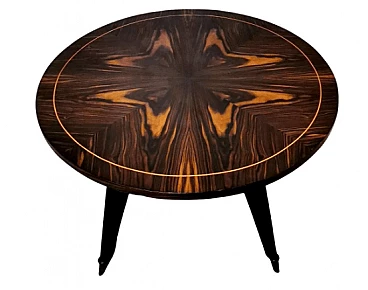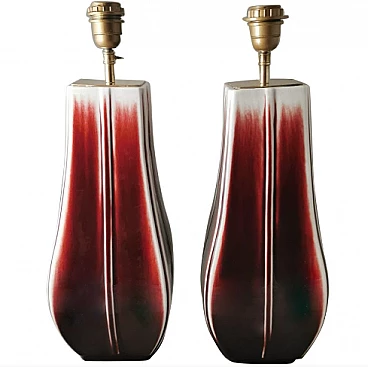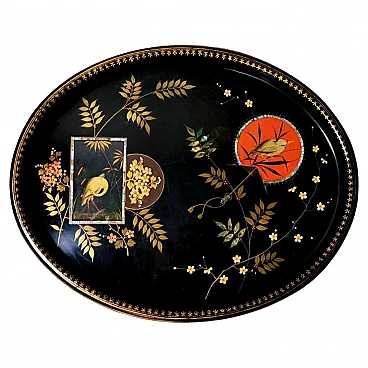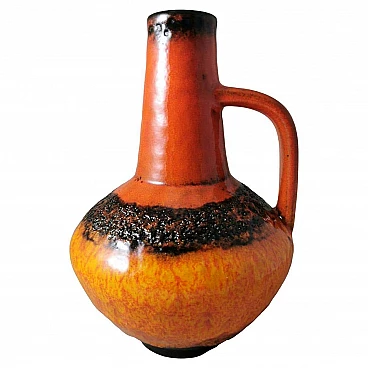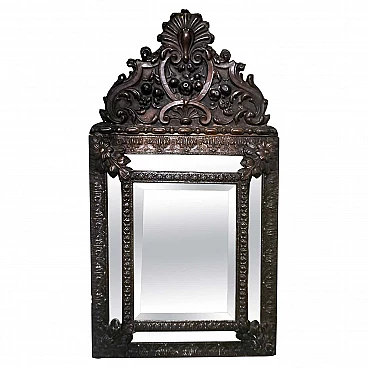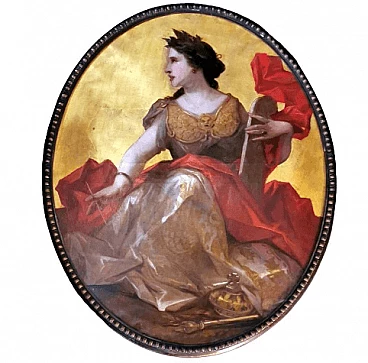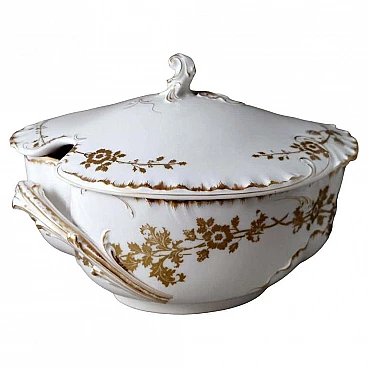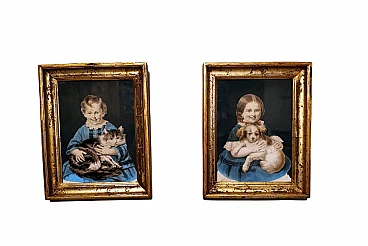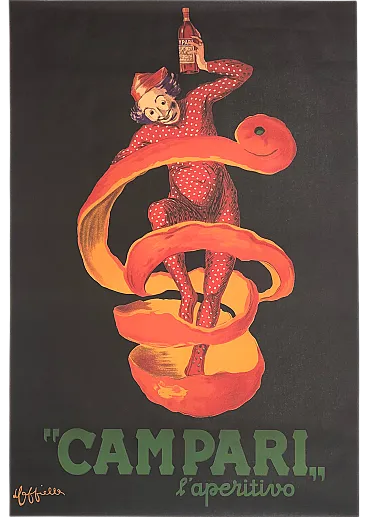The frame enclosing the two prints is quite unique and unusual. It was recently crafted by an old master cabinetmaker who has a workshop in the coolest neighborhood of Florence: San Frediano, renowned for its charming and one-of-a-kind artisan shops where everything is handcrafted. The master craftsman added four shiny mirrors on the sides of the flat part of the frame, angling them outward, and painted the outer edges and inner trim with gold, creating a luminous, elegant, and sophisticated optical effect. The prints are enclosed within the frame by a refined cream-colored mat with a gold border. These prints are not book pages, but original paper artworks. They were printed in London between 1900 and 1905 using the "chromolithography" technique, from the Greek chromo (color), lithos (stone), and graphia (drawing). This 1837 method was achieved by layering images of different colors, each engraved on a separate stone, one for each hue. Through this process, it was possible to imitate the vibrant tones of tempera paintings, producing rich gradients and bright shades. The prints depict two beautiful and significant flowers. The one on the left is the Yellow or Mountain Poppy, while the one on the right is Darwin’s Barberry. The Yellow Poppy or Mountain Poppy is known as the yellow poppy or Alpine poppy (Papaver rhaeticum or Papaver alpinum), depending on the species. It grows mainly in mountainous regions, particularly in the Alps and other European mountain ranges, and is known for its bright yellow petals. In the language of flowers, the yellow or mountain poppy carries the following meanings: • Resilience and strength: Since it thrives in harsh mountain conditions, it symbolizes the ability to endure and flourish even in the toughest circumstances. • Hope and optimism: The vibrant yellow color represents joy, optimism, and hope. • Renewal and freedom: Like other types of poppies, this flower can symbolize renewal and inner freedom. The poppy, in general, has a rich symbolic history, often tied to memory and sleep. However, the yellow or Alpine poppy has a more specific connection to mountain nature and the ability to adapt to challenging environments. In some folk traditions, the yellow poppy is seen as a symbol of life's resilience in hostile places. In mountainous regions, where weather conditions are often harsh, the fact that such a delicate flower can bloom in such a difficult setting is viewed as a symbol of hope and the beauty that can emerge even from adversity. Unlike the red poppy, widely known for its association with commemorating fallen soldiers, the yellow poppy has a lighter connection to vitality, renewal, and endurance. As a flower that blooms in high altitudes, the Alpine poppy also symbolizes a bond with wild nature and the beauty found in untouched landscapes, representing a balance between strength and delicacy. In summary, the yellow or mountain poppy is a symbol of inner strength, hope, and the ability to face challenges with grace and beauty. The flower on the right, Darwin’s Barberry, is known as Berberis darwinii. It is an evergreen shrub native to South America, particularly Patagonia, and belongs to the Berberidaceae family. Darwin’s Barberry produces small, bright orange or yellow flowers and dark berries, making it highly decorative. While Darwin’s Barberry doesn’t have a deep traditional symbolism in the language of flowers, its meanings can be drawn from its characteristics: • Protection: Like many plants in the Berberis genus, the barberry has spines along its branches, symbolizing protection and defense. • Tenacity and endurance: As a hardy plant that grows in tough conditions, it represents inner strength and the ability to overcome adversity. • Vitality and abundance: Its vibrant orange flowers and plentiful berries symbolize vitality and abundance. The name Darwin’s Barberry comes from the naturalist Charles Darwin, who discovered the plant during his famous expedition on the HMS Beagle in South America in 1835. Darwin found the plant particularly intriguing for its ability to thrive in challenging environments and introduced it to Europe, where it became popular as an ornamental plant. Although Darwin’s Barberry is not associated with specific legends, the Berberis genus has been historically used in traditional medicine for its healing properties. Its berries were used to prepare remedies for various ailments, such as fevers and infections, and the plant was also used for making dyes. The spiny nature of the plant and its association with protection symbolically link it to the idea of natural defense against both physical and spiritual dangers. Moreover, its discovery by Darwin gives it an aura of exploration and connection to wild, untamed nature. In summary, Darwin’s Barberry symbolizes protection, endurance, and vitality, linking its history to Darwin and his journey to unexplored lands. Our frame, with its depiction of these two flowers, can easily enhance any room in the house, thanks to the symbolism embedded in the prints and the vibrant splash of color they create. Dimensions: Width 49 cm, Height 35 cm, Depth 3 cm. Each print measures 18x12 cm.
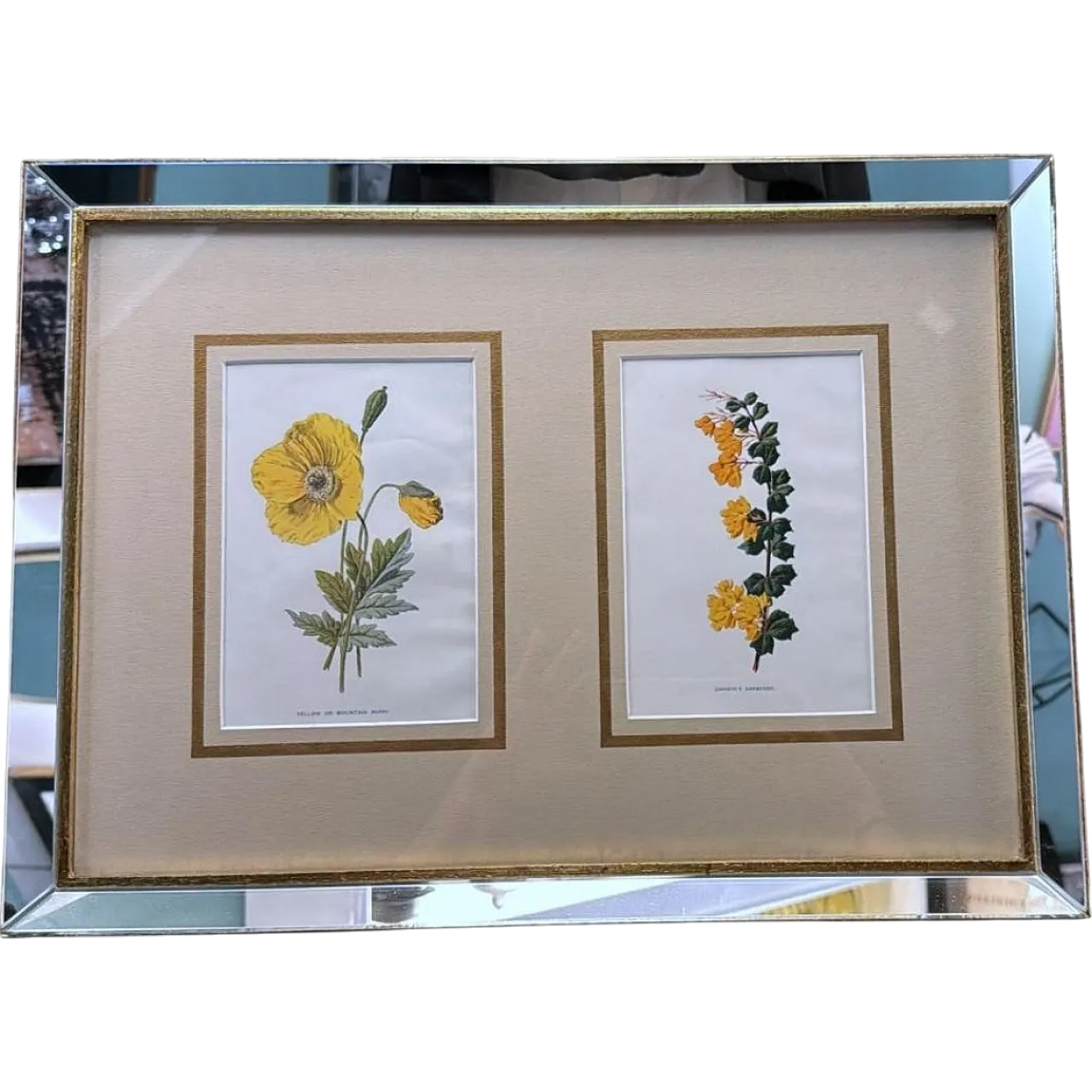
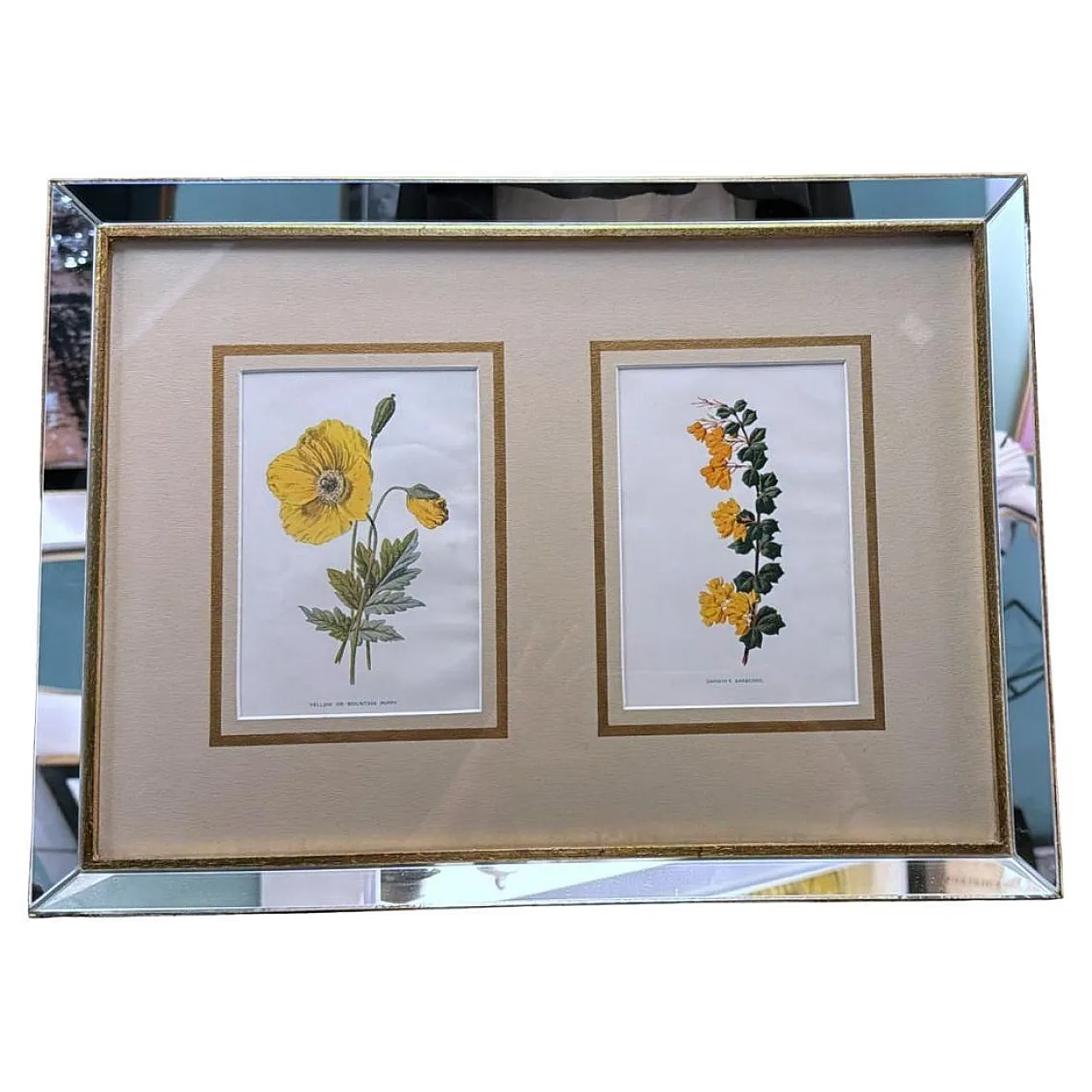
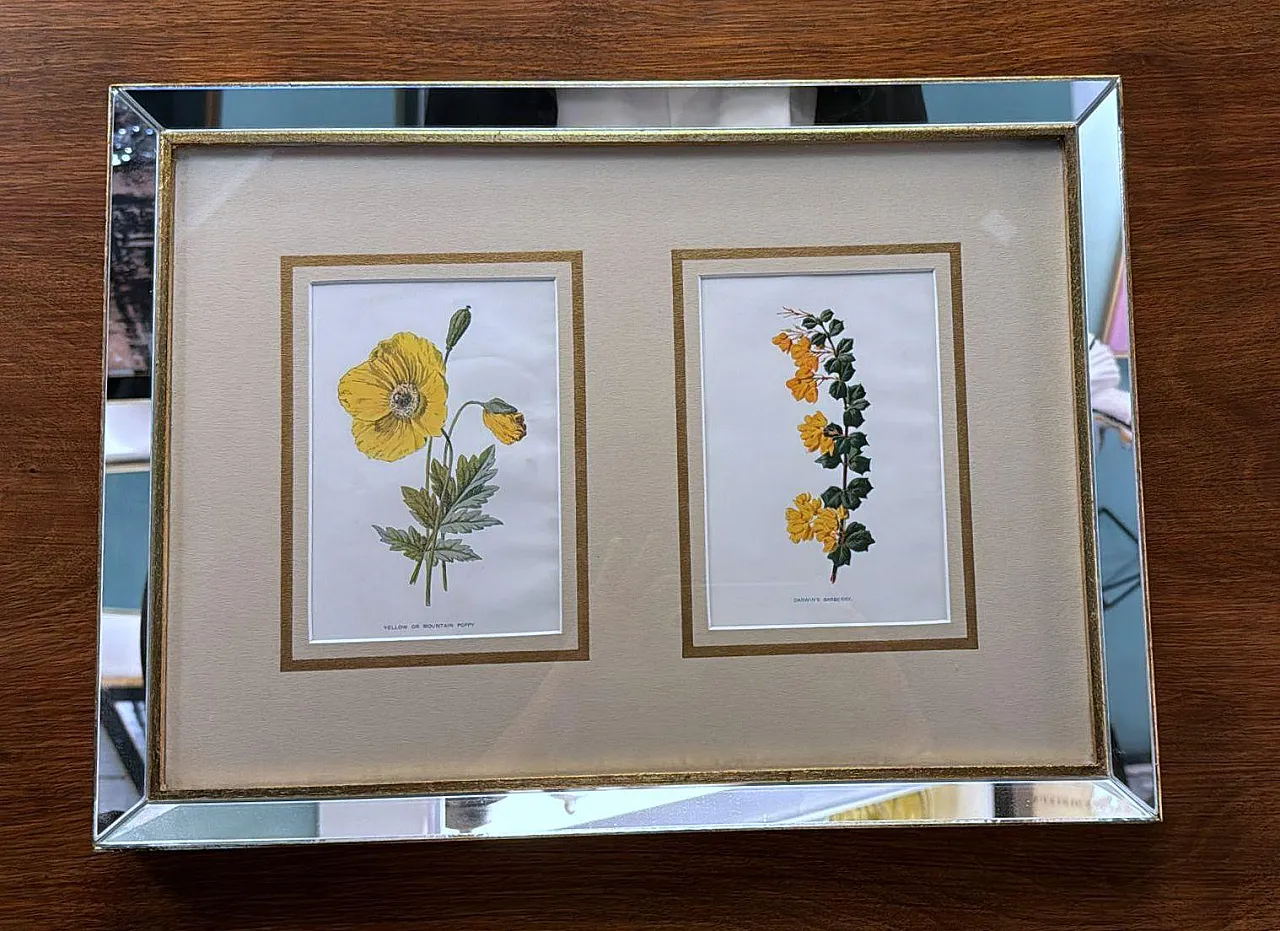
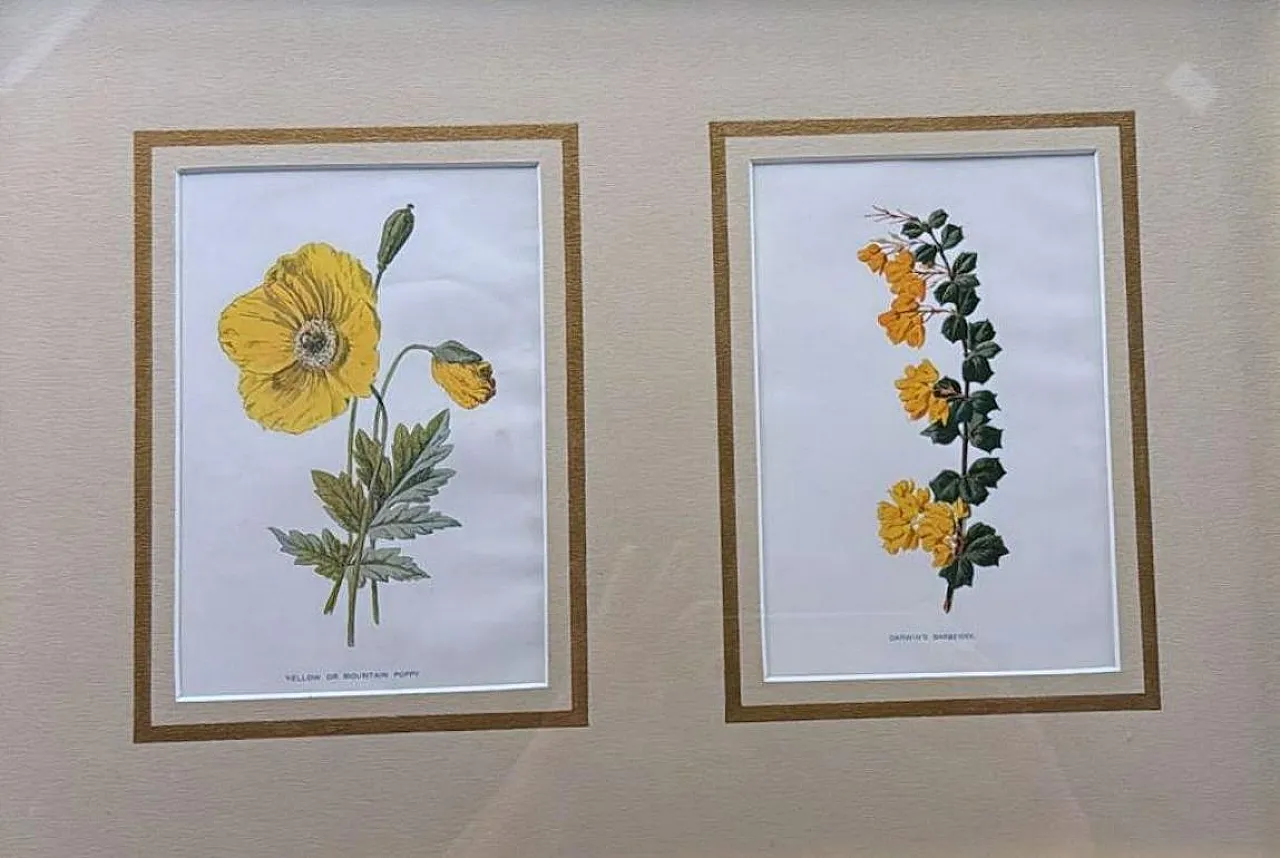
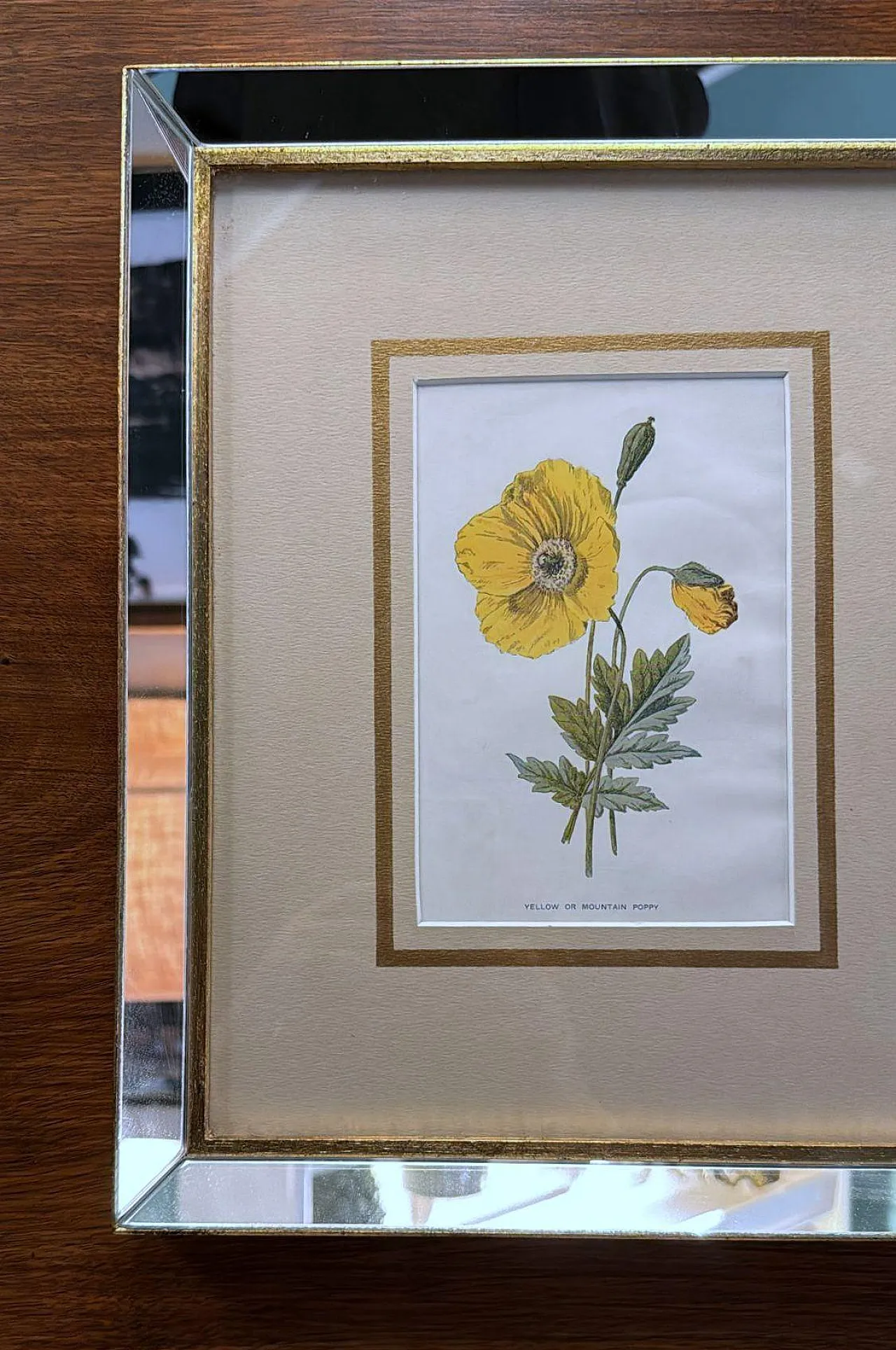
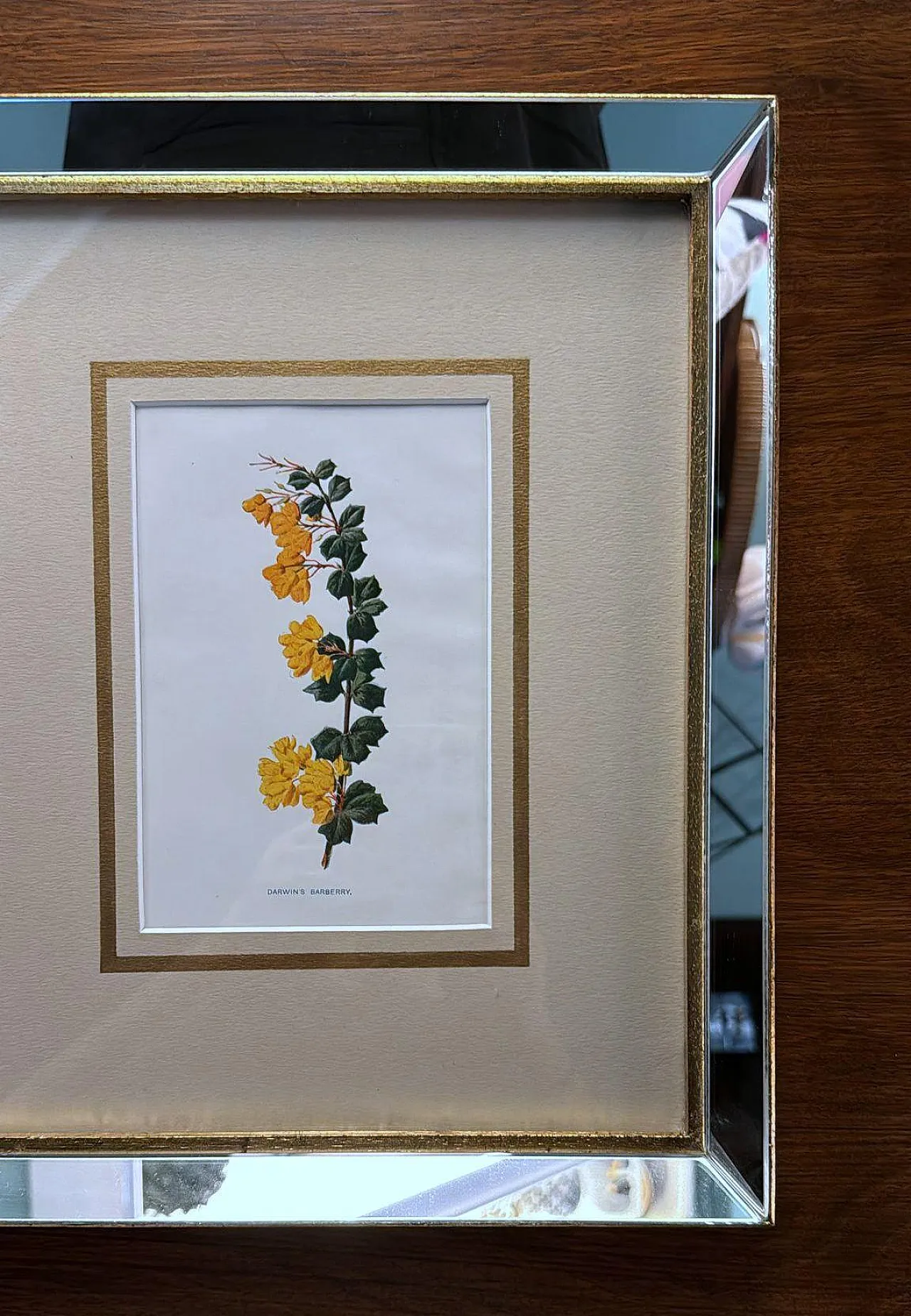
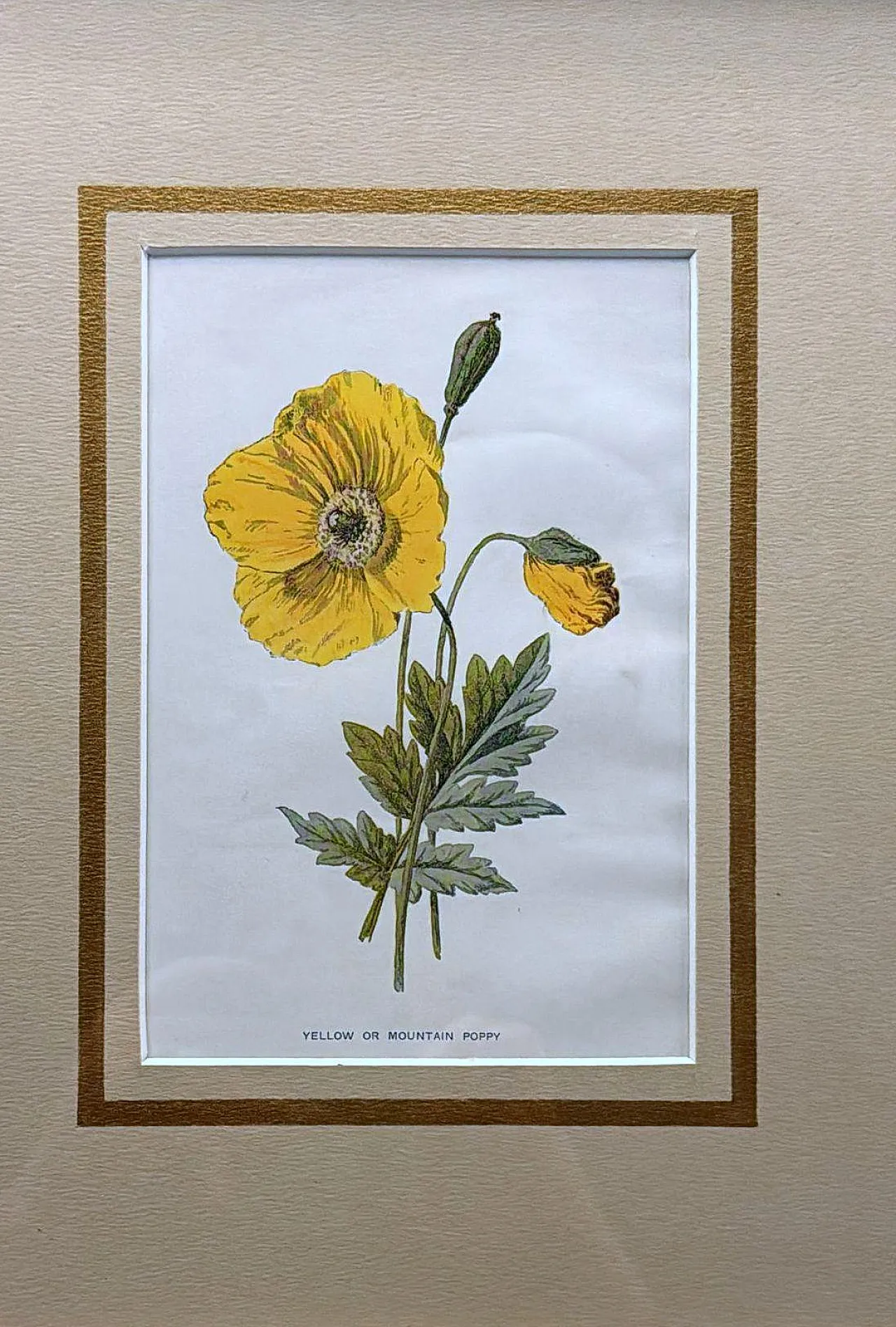
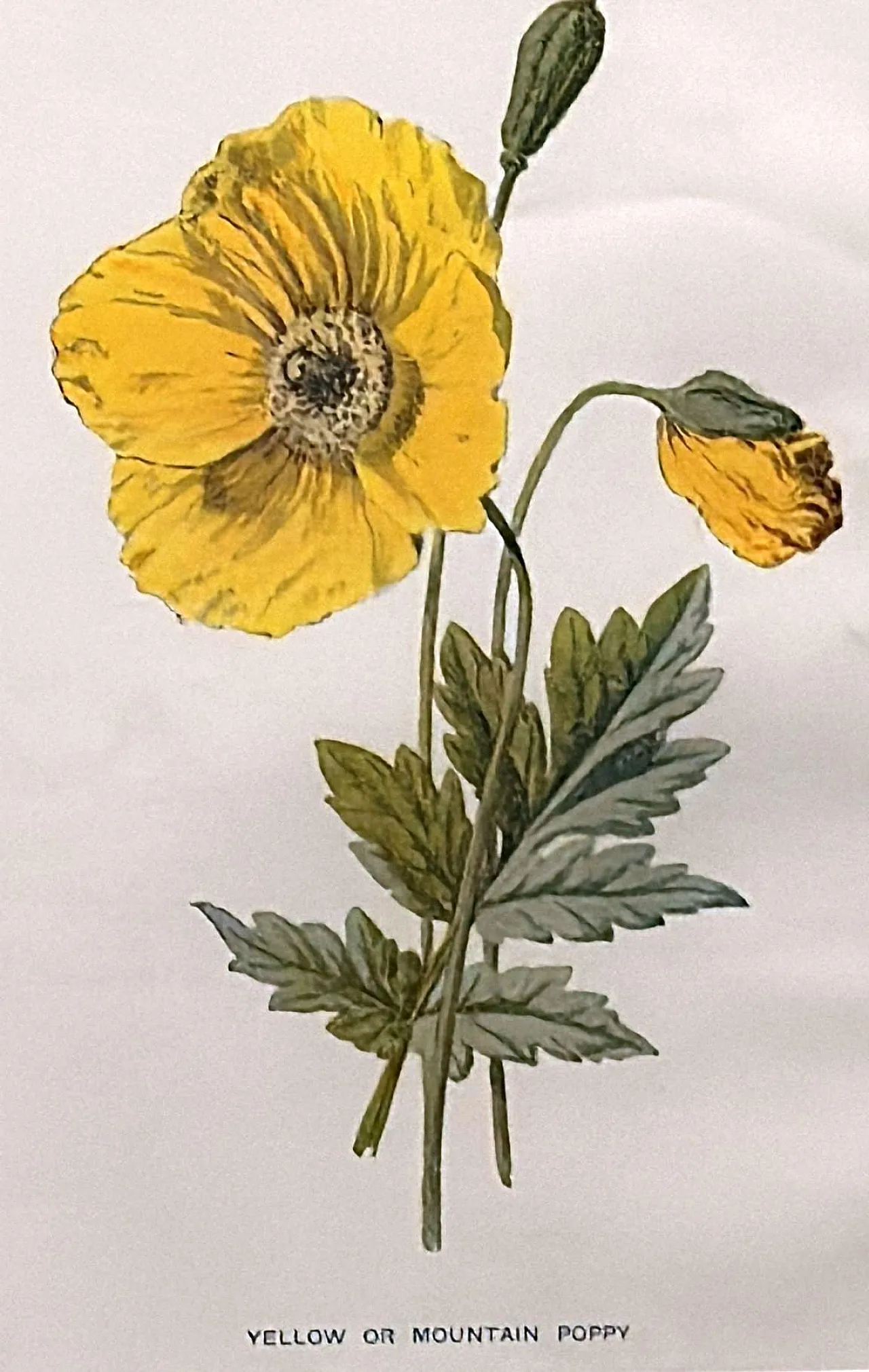
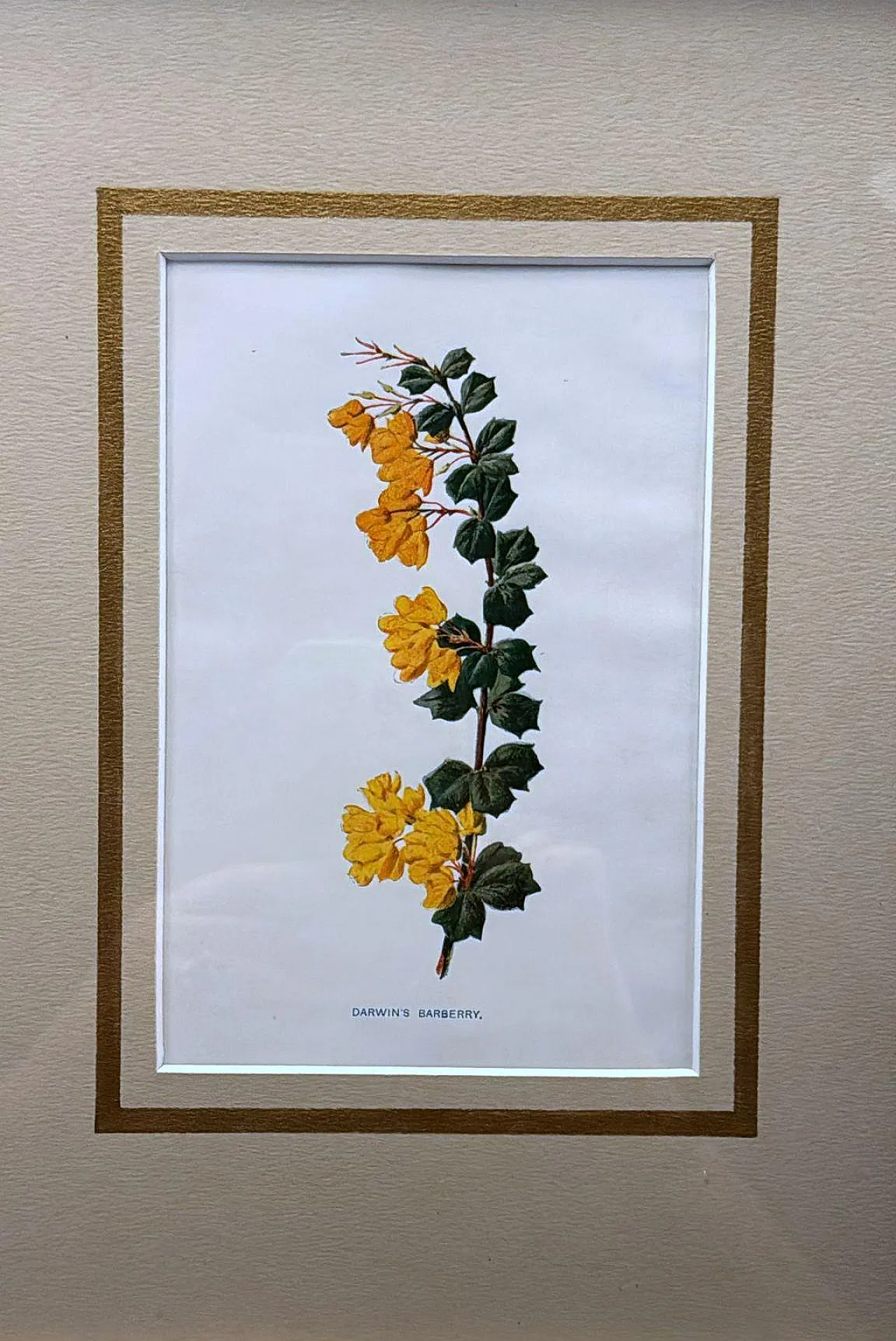
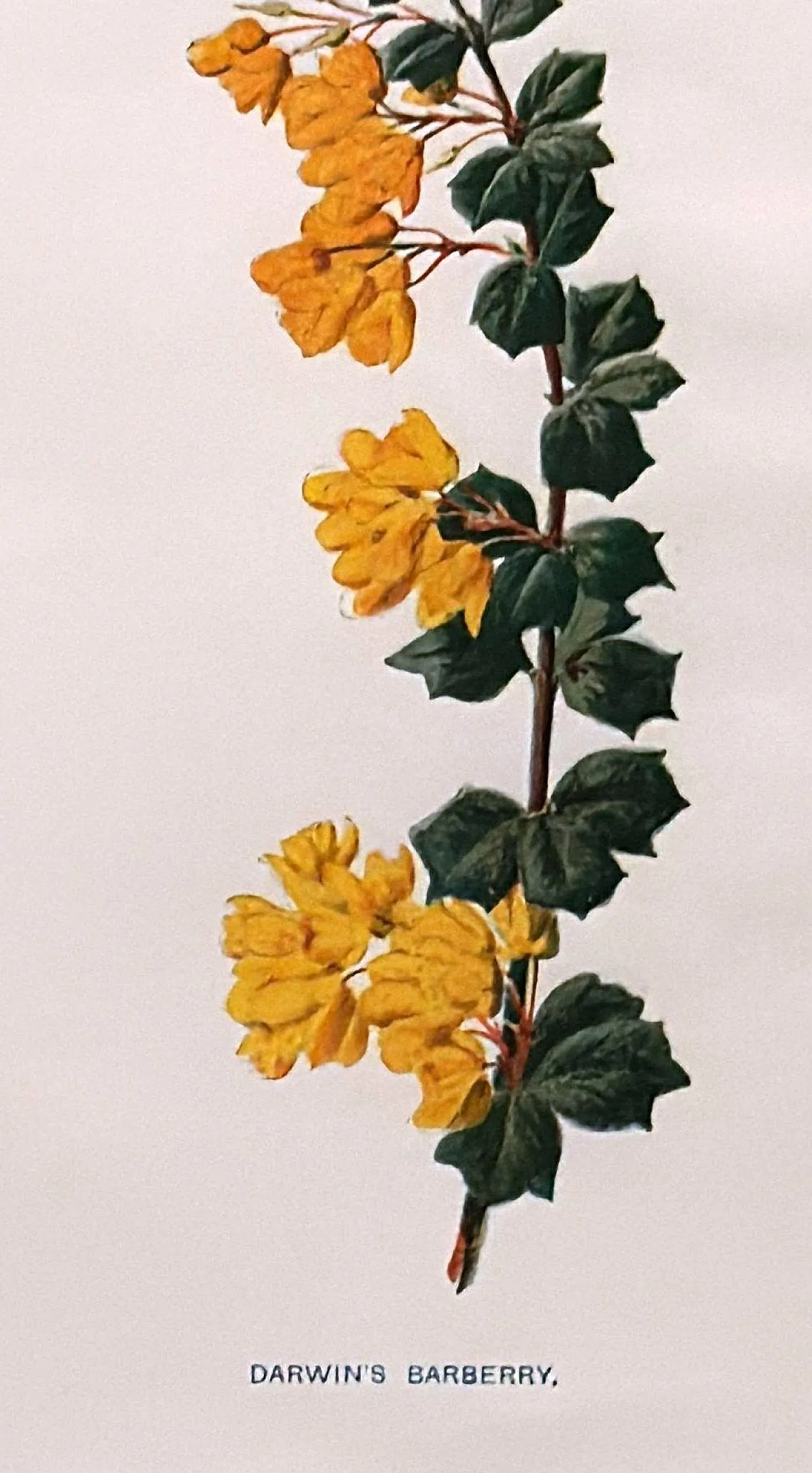

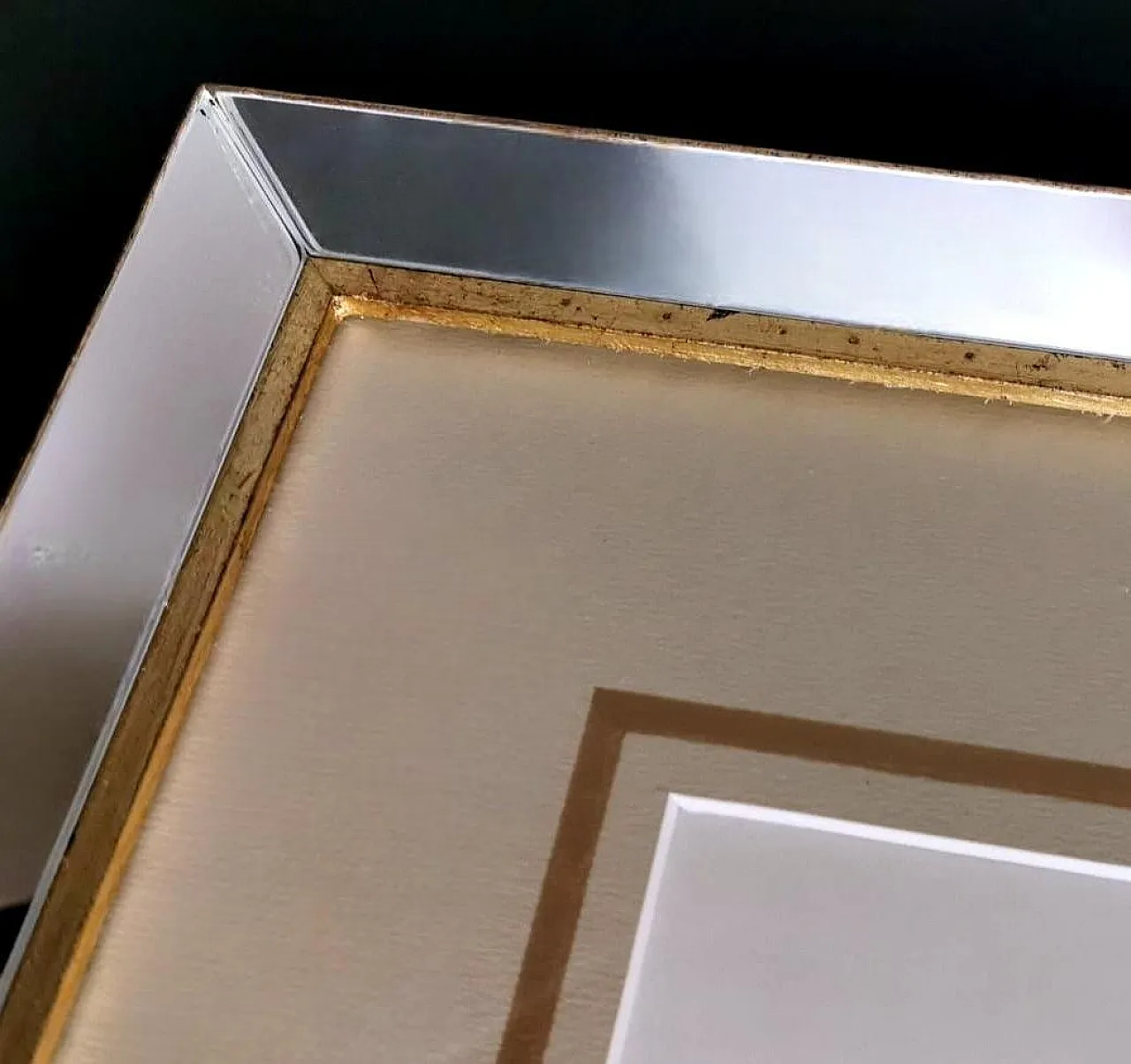

 SILVER Seller in Prato, Italy
SILVER Seller in Prato, Italy

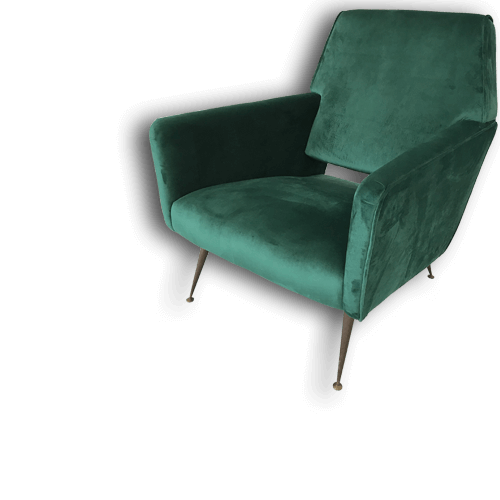



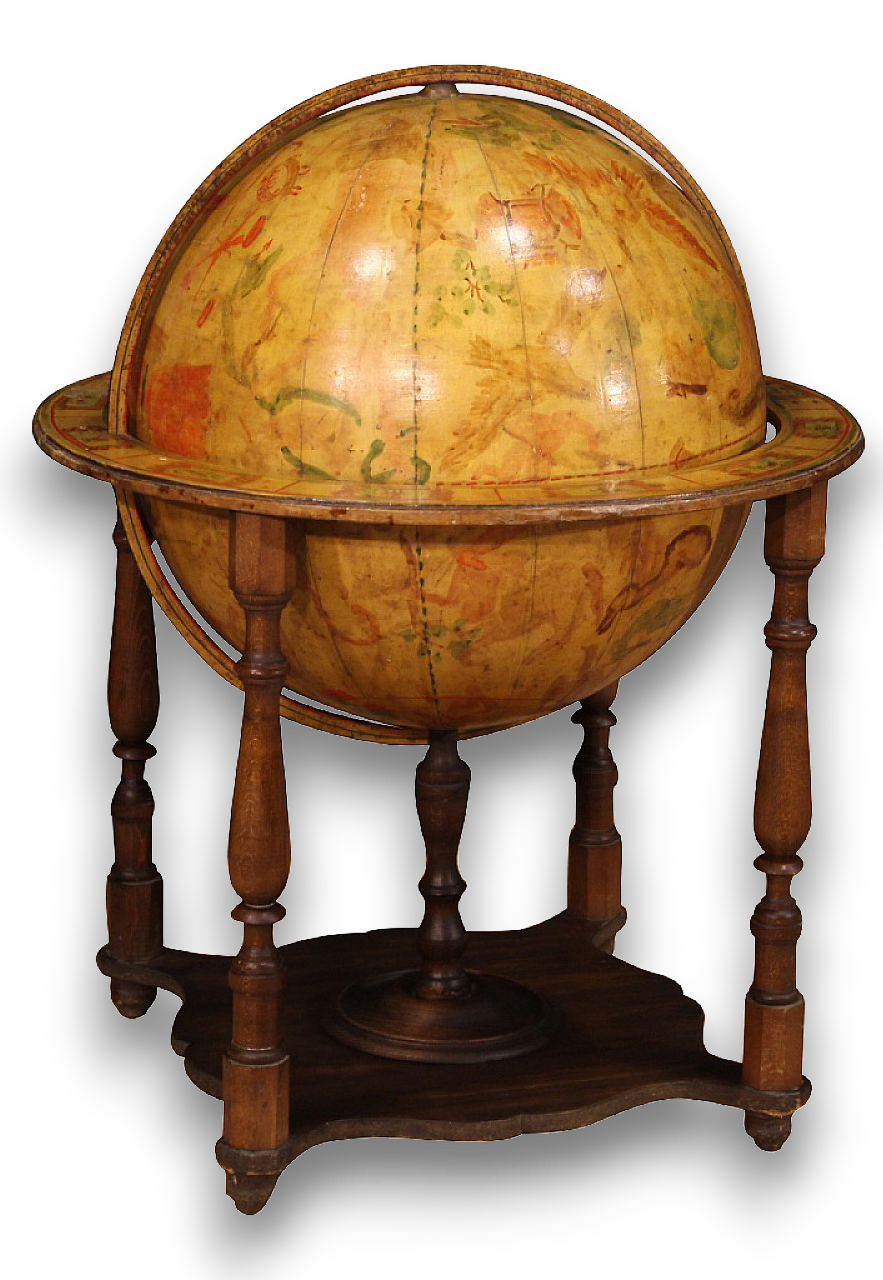
.png)
